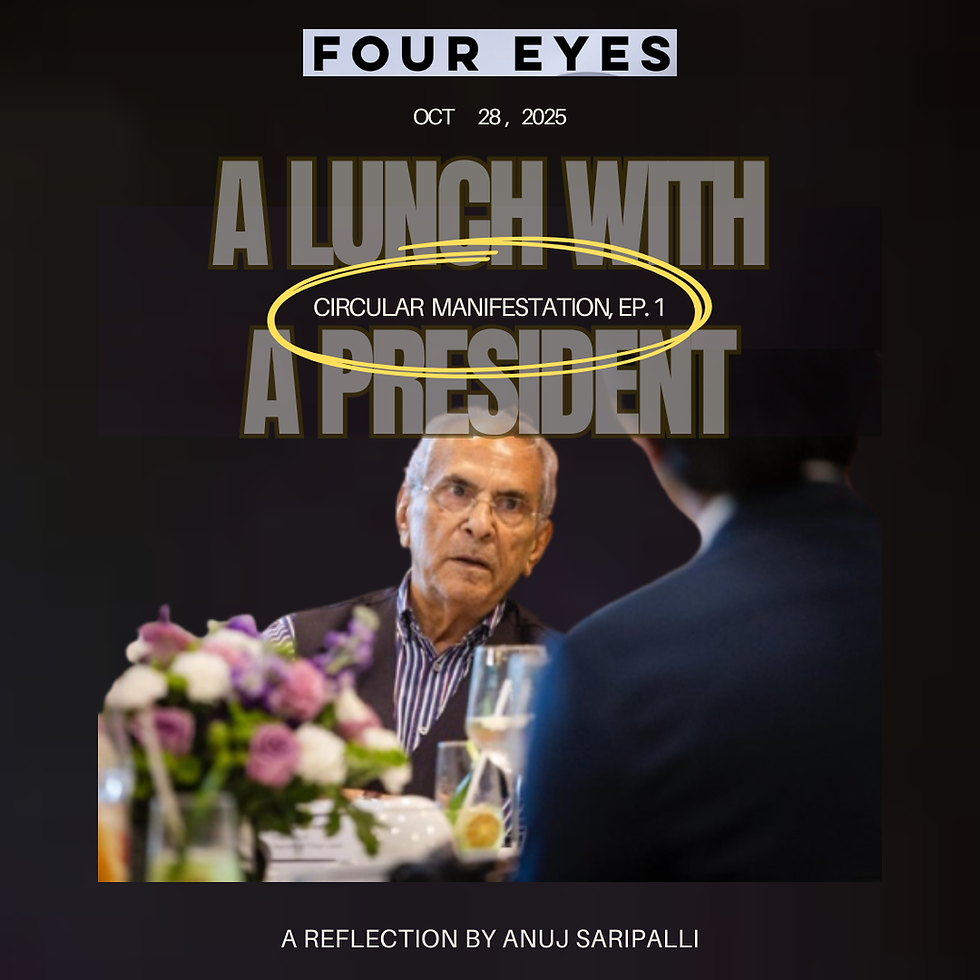The Colours of Cinema: Ghastly Grey
- Anuj Saripalli
- Aug 18, 2023
- 3 min read
Filmmakers who've used a greyscale palette realise the amount of depth there is. The choice to make movies 'lacking' in colour adds a whole symbolic layer, wouldn't you agree? Grey certainly has a lot to evoke: an atmosphere of ambiguity, conflict & memories (often in flashbacks). In this fourth post of the much-beloved series, I will be exploring the themes of the colour Grey in popular films.

Horrors of History...

I still remember tearing up watching the historical fiction The Boy in the Striped Pyjamas (2008). A hopeful friendship between the son of an SS officer and a Holocaust prisoner turns very, very dark. Grey symbolised kindness transcending the boys' clashing backgrounds but at the end, you're left with the ambiguous, painful dilemma about how to feel (and whom to feel for.) I don't want to spoil this movie... but the depressing setting is amplified by the repetitive grey palette.
...and the Horrors of Hannibal

A must-watch for all psychological horror fans, Anthony Hopkins' performance as Dr Hannibal Lecter in The Silence of the Lambs (1991) was bone-chilling. Despite having a screen time of just 16 minutes, he won the Oscar for Best Actor—and the majority of his role was in the confinement of his cell (making grey a necessary element in all of his scenes).
Conflict and Facts

Lewis Strauss (played by Robert Downey Jr.) in Oppenheimer was an essential figure in shaping the events leading to the end of the World War and the brutal post-mortem investigation on Oppenheimer. A key part of this Nolan film is that all the scenes from Strauss' point-of-view were shot in black-and-white. In fact, these scenes are also objective; i.e. they revolved around the factual events of the hearings. This aspect contrasts with the coloured sequences that represent Oppenheimer's perspective.
Check out my recent review of Oppenheimer!
Grey Mirror
Taking a trip back to Black Mirror, the colour grey was extensively used in the pilot episode, Fifteen Million Merits (2011) (see left). Representing the monotony of a dystopian future (with some things that are eerily similar to our current world), it definitely conveys the message successfully. In fact, there's another episode that is fully in greyscale...
That episode would be Season 4, Episode 5's Metalhead (2017). The pure horror and anxiety are perfectly portrayed by a woman determined and desperate to save herself from the futuristic, human-killing "dogs". Check out my post where I ranked all the episodes.
Dark horror... literally

Daniel Kaluuya (who also starred in Fifteen Million Merits), terrifically played the role of a man stumbling upon his white girlfriend's family's darkest secrets. As the movie progresses, you will see why Get Out (2017) is regarded as one of the best psychological horror films ever. Grey is consistently used throughout to depict the deprivation of his happiness and the painful void that captures him. It's my favourite Jordan Peele film (what's yours?).
Change: for better or for worse
The death of Bing Bong in Inside Out is enough to make anyone shed tears. Grey is explicitly used in a morbid sense to show that he was going to depart—he sacrificed himself, signalling the end of Riley's innocent childhood. He was purple which made me consider placing his character in my first CoC analysis: Purple, but this scene was more powerful and memorable.

Grey is perhaps one of the least versatile colours, often being typecast for horror/dark themes. (I know that 'typecast' is used for actors but I now consider the colour palette as a character of its own.) But, this does not mean that it is one of the most meaningful and symbolic colours, as analysed in the non-exhaustive list above. I realise there are many other examples that I haven't talked about, either due to the fear of repetition or because I just haven't watched them yet.
I hope you enjoyed reading this post. Please like, share and comment below what colour you'd like to see me analyse next! Follow my Instagram for more updates.








Comments